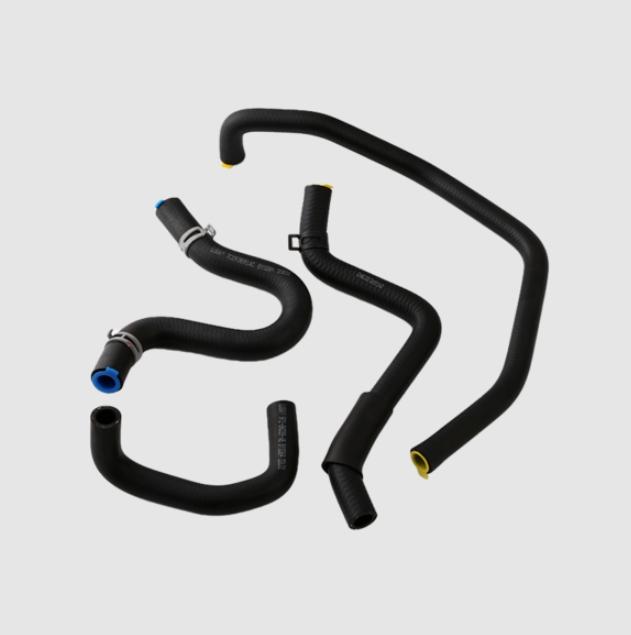Cooling System Failures: Preventing Hazardous Hose Leaks

When you think about engine safety, you may focus on brakes, airbags, or seat belts. But another area where risk can quietly build up is in your engine cooling system — specifically, through the Automotive Coolant Radiator Hose and associated Coolant Hose lines. A failure in this system can lead to overheating, which in turn threatens both engine reliability and safety.
Consider the scenario where a radiator hose develops an unnoticed crack or weak spot. Over time, as the coolant temperature rises and pressure builds, that weak area can expand or rupture. If coolant leaks suddenly, the flow of heat-regulating fluid is disrupted. Without sufficient coolant, the engine can overheat within minutes, causing damage to internal parts like gaskets, pistons, and even the engine block.
Moreover, the leaked coolant itself can be a hazard. Coolant is often toxic to both humans and animals, and spills under the hood can create slippery surfaces. In addition, a sudden loss of coolant while driving may result in steam or vapor that could impair visibility or damage nearby components. The pressure release from a ruptured hose could also spray hot liquid, posing a burn risk during inspection or roadside repair.
From a maintenance standpoint, neglecting the condition of your cooling hoses is one of the more common yet preventable risks. Many failures begin with simple indicators: bulging on the hose wall, soft or spongy texture, or even slight leaks near hose connections. It’s essential to inspect the coolant hose system routinely, especially if you operate in harsh driving conditions or high-heat environments.
Another safety consideration is clamp integrity. Hoses must be firmly secured with proper clamps to prevent them from slipping off or loosening during use. If clamps corrode or lose tension, the risk of disconnection increases, which can lead to catastrophic coolant loss.
Replacing aging or compromised hoses is an effective way to mitigate these risks. Choose replacement hoses that match the shape, material, and fit for your vehicle’s system, and ensure installation is correct — tight but not overly constrictive. After installation, run the engine and check for leaks or signs of poor seal, then monitor over time.
In conclusion, maintaining the integrity of the Automotive Coolant Radiator Hose and Coolant Hose network is not just a matter of performance — it’s a matter of safety. Regular inspections, proactive replacements, and careful installation practices go a long way toward preventing overheating, leaks, and potential hazards under the hood.



